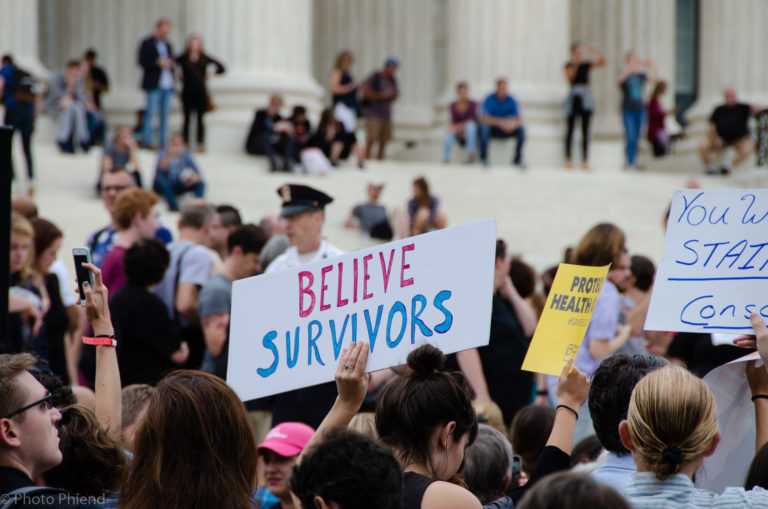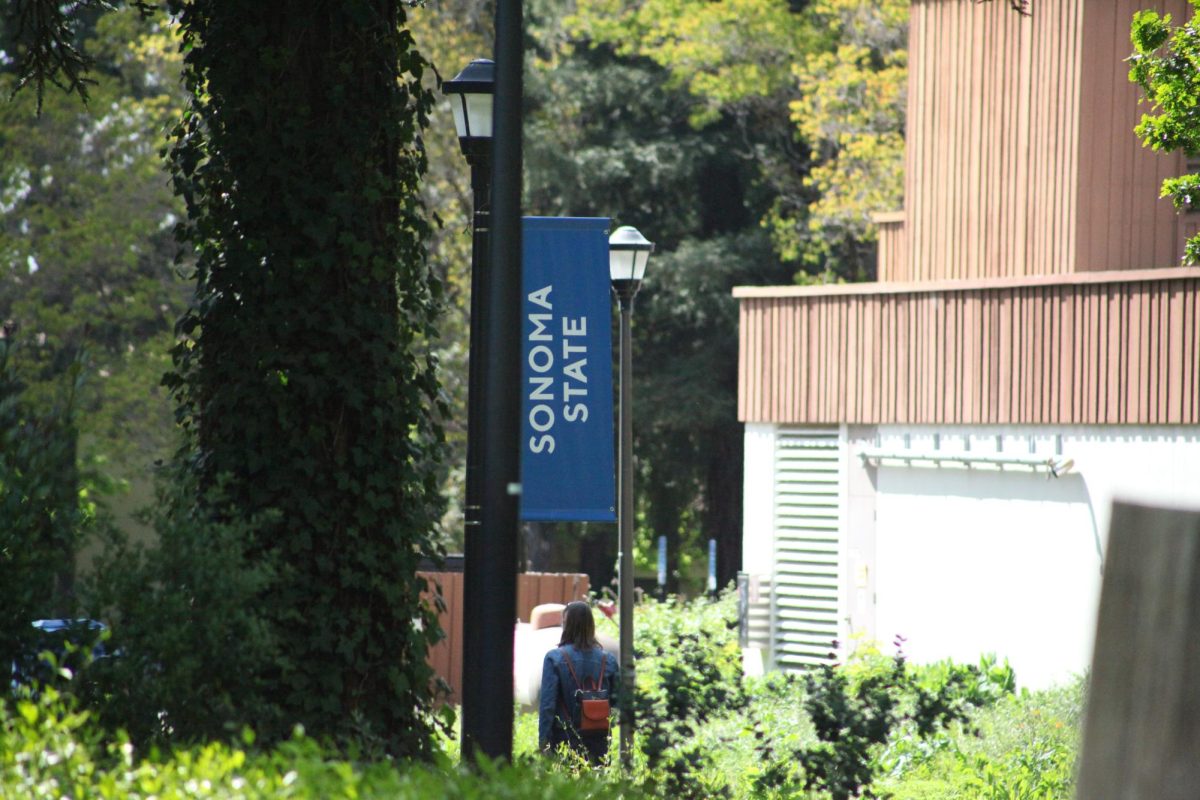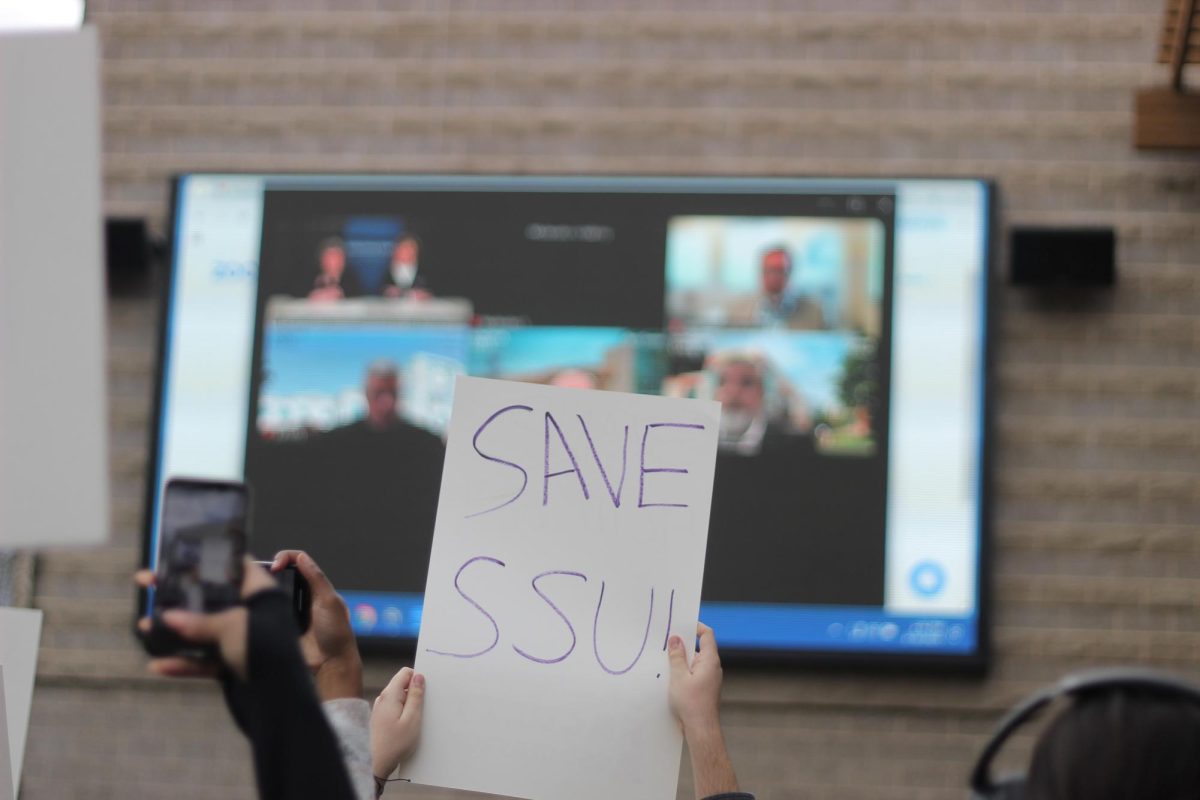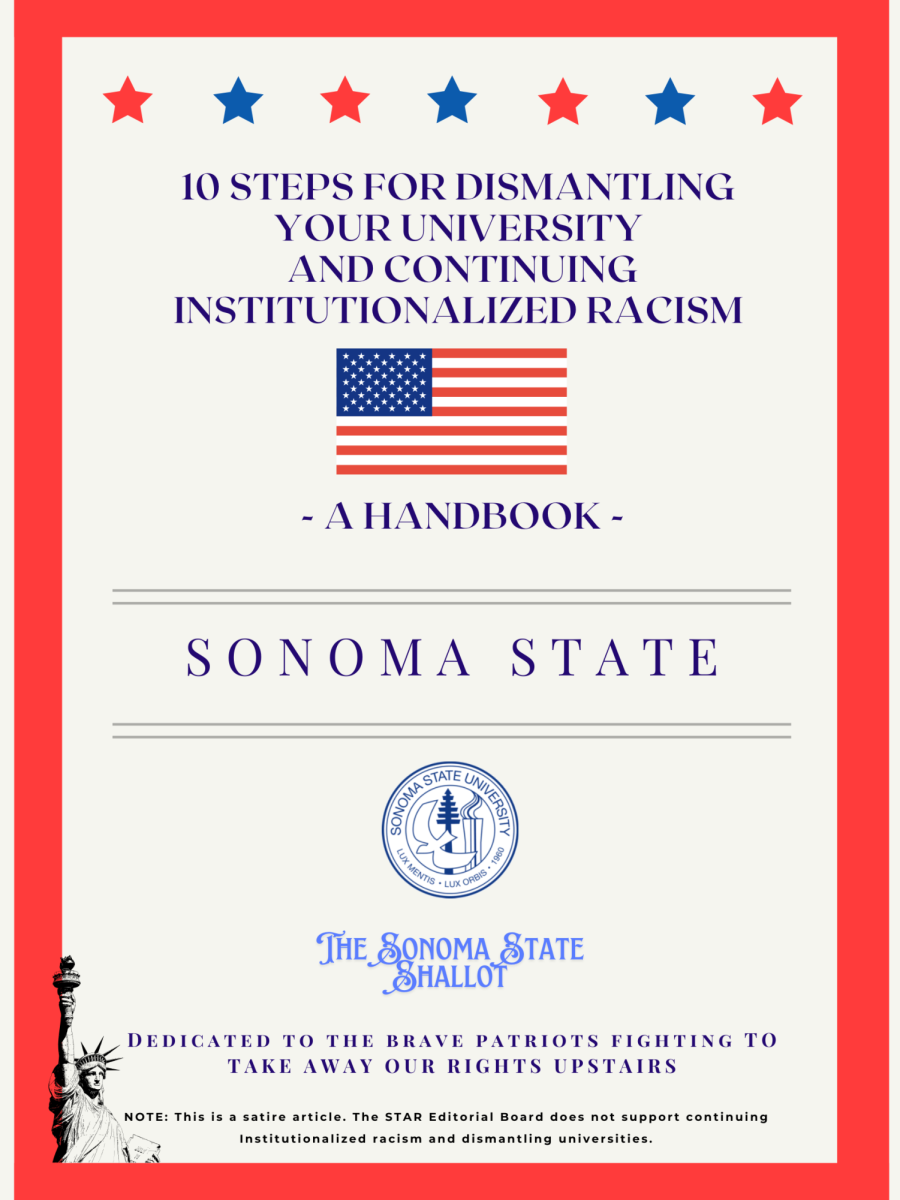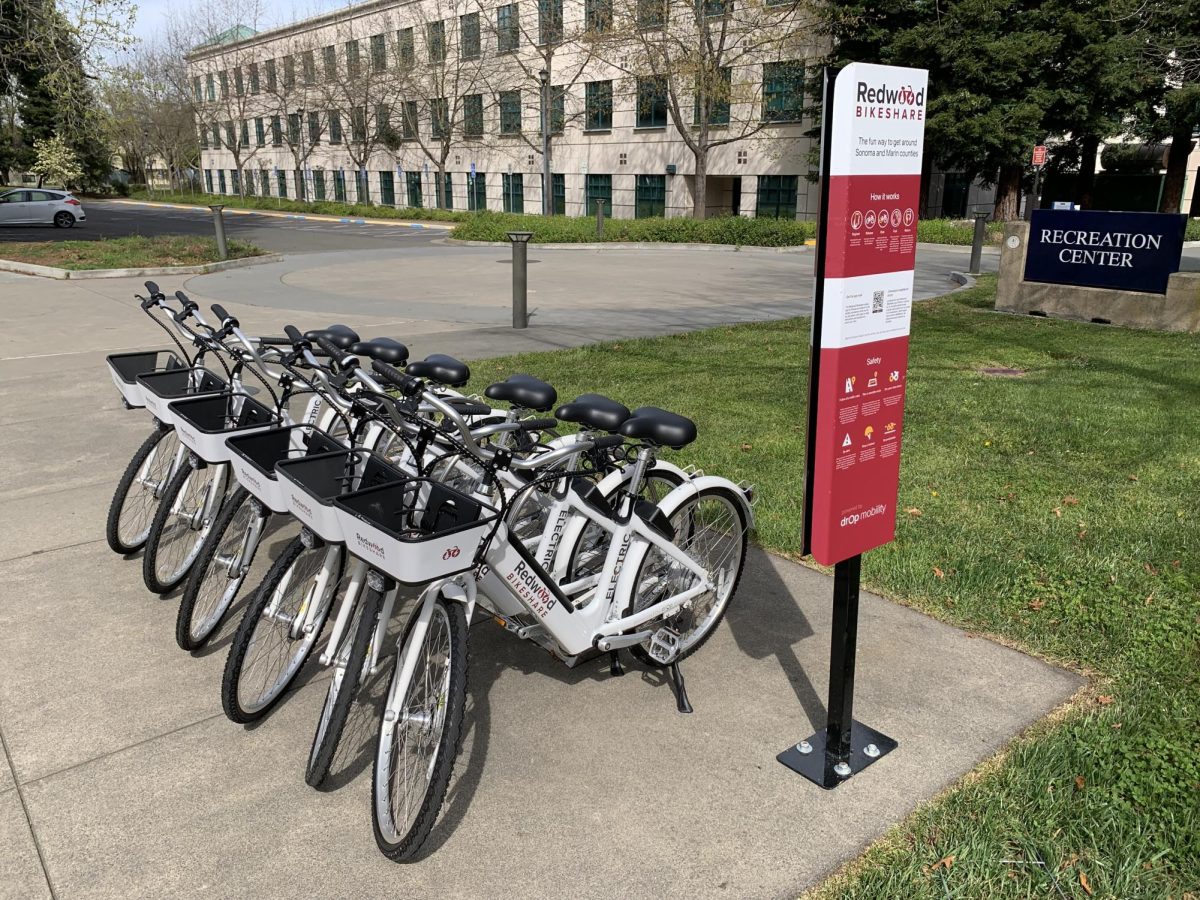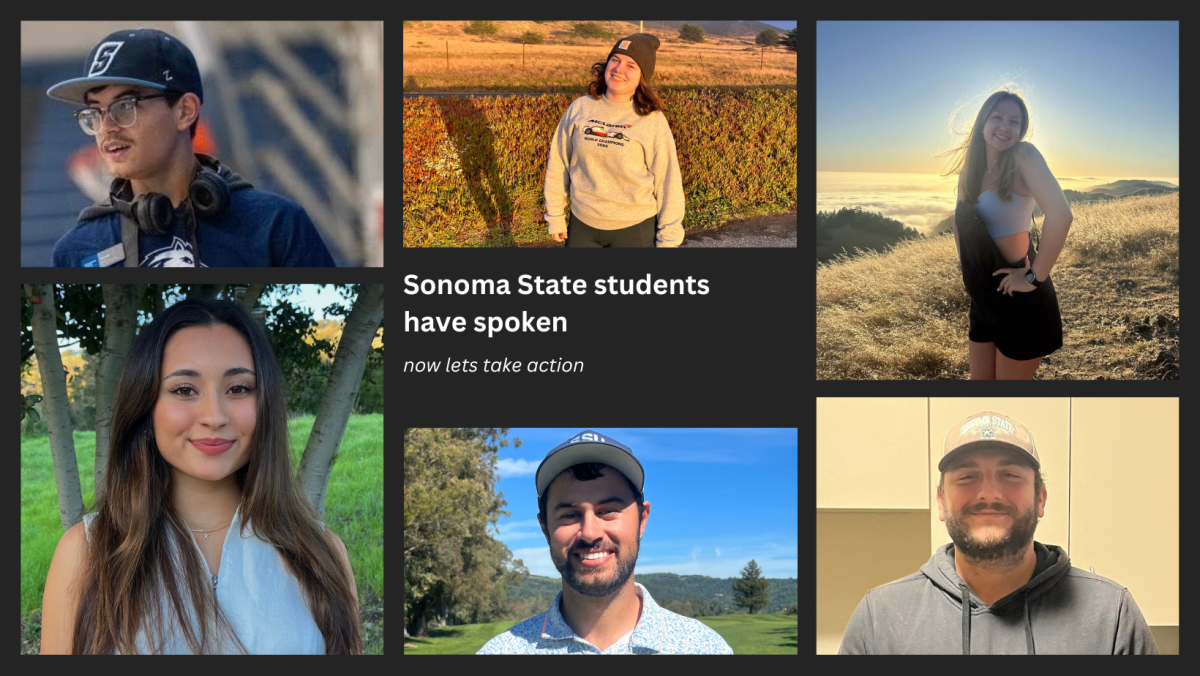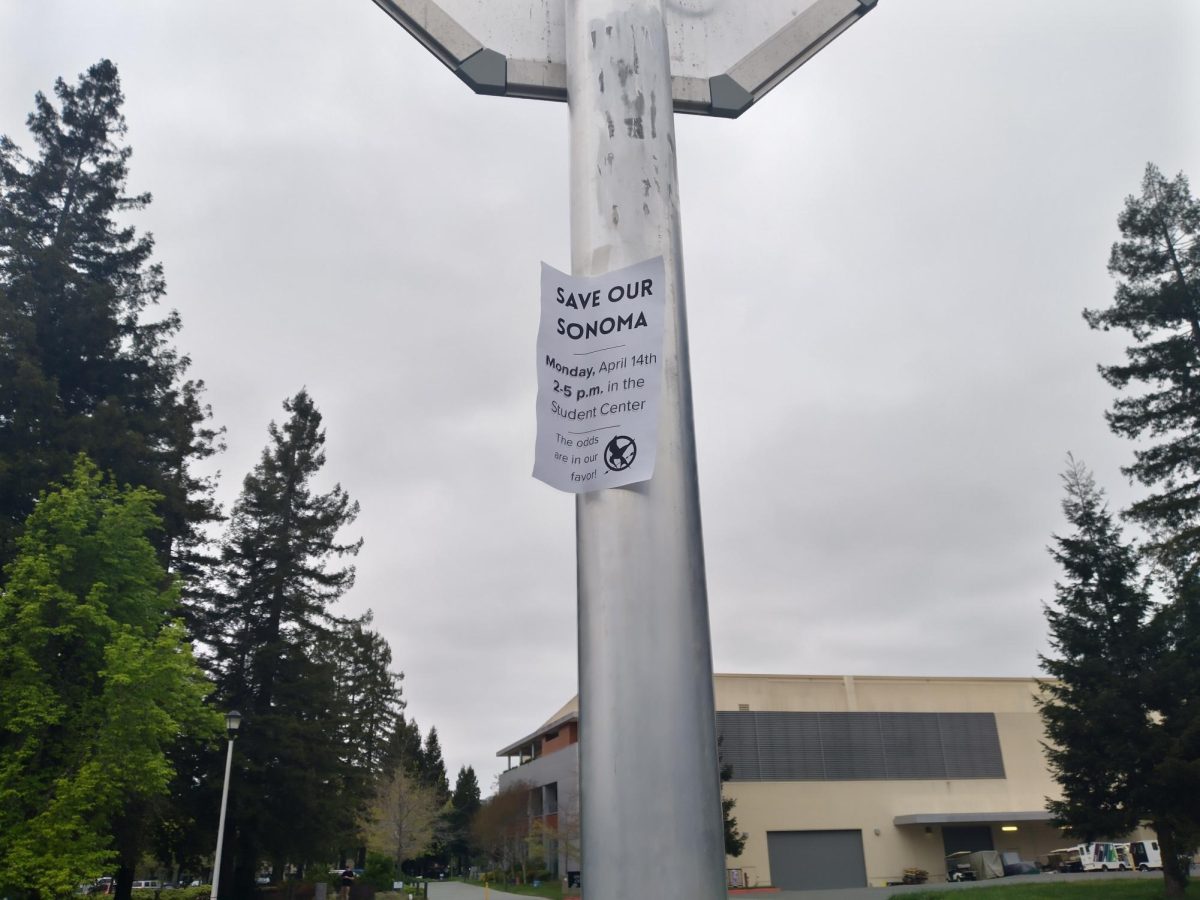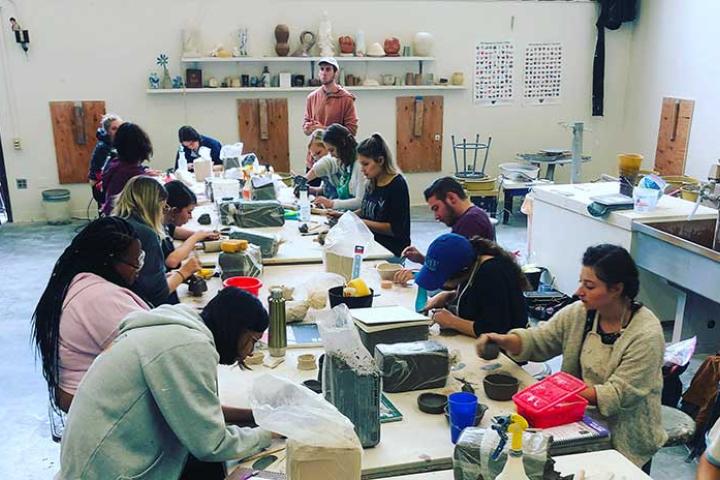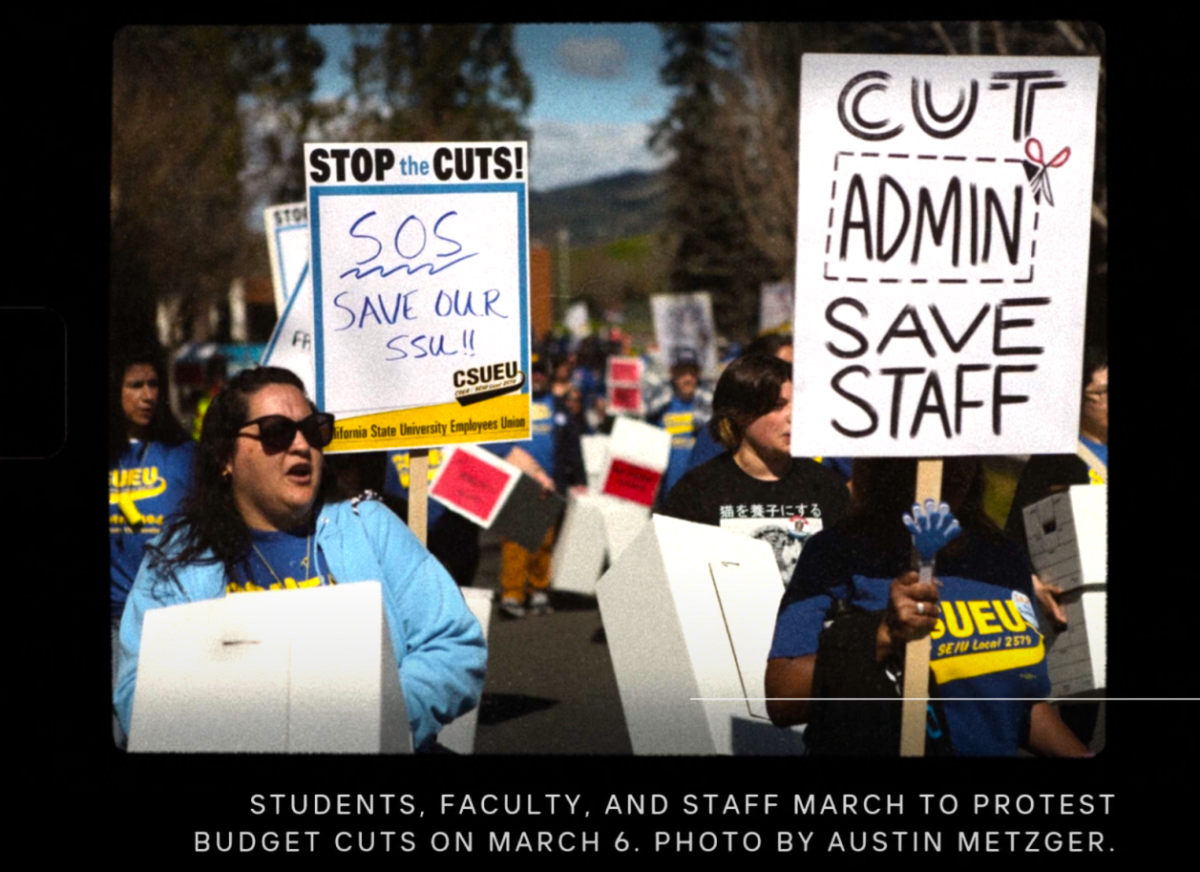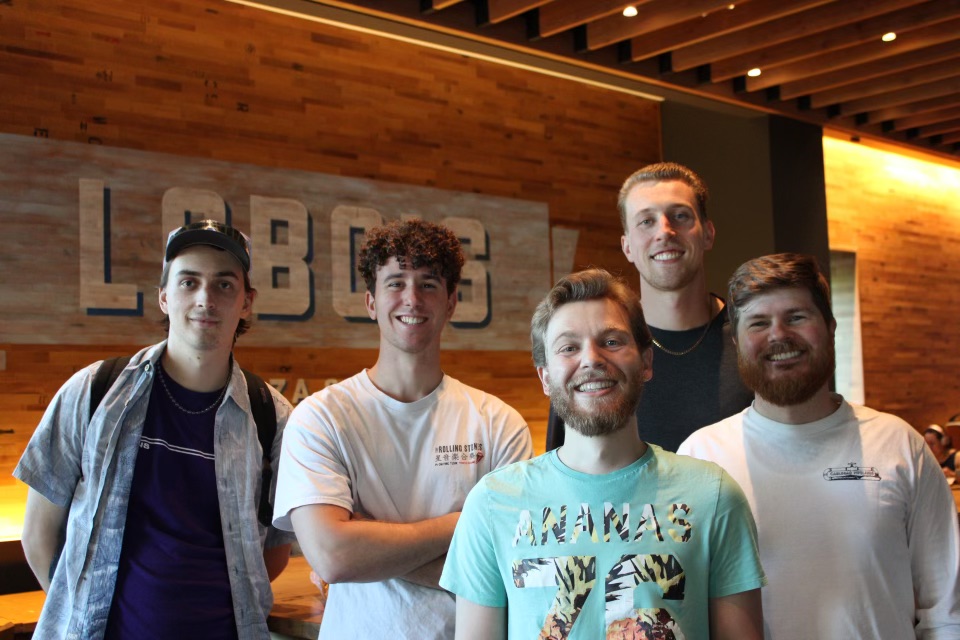Before I began college, I couldn’t have identified an e-cigarette if I saw one. In my first semester at San Jose State, I sat next to a student who was openly smoking an e-cigarette in my community health class, to my surprise. Since I didn’t know much about e-cigarettes, he was nice enough to explain how they work.
While smoking a traditional cigarette in a classroom is unthinkable, much less a health class, e-cigarettes have emerged as a strangely acceptable practice. I fear this trend will erode the progress that has been made over decades in the fight against tobacco.
Although I always knew cigarettes can kill, the “truth campaign” helped me learn just how much the tobacco companies were willing to do to keep people addicted. These days it seems that health organizations are fighting the same battles as they did years ago, but this time against e-cigarettes.
I’m taking notice because this time it’s personal. They are targeting my generation. This is about teens and young adults, those who will write the next chapter of California’s history. Have you noticed that e-cigarette marketing is more pervasive than traditional cigarettes, and that the ads seem to be speaking to you specifically?
That’s because e-cigarettes are heavily advertised and targeting young adults through television and radio – channels where cigarette ads were banned more than 40 years ago. They can even pass out samples at concerts, bars and festivals.
What I’ve come to learn is that of the more than $80 million spent on e-cigarette advertising in 2013, the vast majority came from Big Tobacco companies.
This is because they own several of the e-cigarette brands now. For example, Lorillard, the nation’s third-largest cigarette company, bought blu, the clear market leader in e-cigarettes.
In the last three years, the amount of e-cigarette advertising rose more than 1,200 percent, clearly showing that the tobacco industry is investing in a new market.
They are aiming to recruit the next generation of smokers to replace the one they are killing off now with traditional tobacco cigarettes. And there’s a lot they’re not telling us about what’s actually in e-cigarettes.
E-cigarette companies are currently not required to disclose the ingredients (and toxins) in their products. There are no safety or health standards associated with e-cigarettes…right now, pet food has more safety standards than e-cigarettes. Take a look at the facts behind the recent growth in e-cigarette use:
·E-cigarettes contain nicotine, a highly addictive substance (as addictive as heroin).
·E-cigarette use among young adults, ages 18 to 29, increased from 2.3 percent in 2012 to 7.6 percent in 2013. Young adults in California are three times more likely to use e-cigarettes than those 30 and older.
·E-cigarettes are purposefully marketed to a younger audience with fruit, candy and alcohol-flavored e-juice.
·E-cigarettes pose health risks not just to those who use them, but also to people who may be exposed to the secondhand aerosol emitted from e-cigarettes, which contains harmful chemicals – it’s not just harmless water vapor.
What really scares me though is that all of this of e-cigarette marketing, and rapidly increasing usage, is making the act of smoking seem…normal again. And these electronic devices are clearly aimed at introducing our generation to nicotine addiction.
This directly undermines California’s progress to establish tobacco-free norms, which reduced smoking rates by 50 percent, saving people’s lives and reducing healthcare costs.
The California Department of Public Health recently released its first campaign to educate Californians on the health risks of e-cigarettes, and these aggressive marketing practices used to recruit the next generation of smokers.
As students taught to question our surroundings, I encourage you to get smart and educate yourself about e-cigarettes. Together we can ensure younger Californians do not fall victim to the tobacco industry’s targeted marketing and rewrite the history we should be living.
Isra Ahmad is a student adviser board member of Campuses Organized and United for Good Health. COUGH is a California Youth Advocacy Network that is making efforts to change the tobacco use culture in California’s schools.

